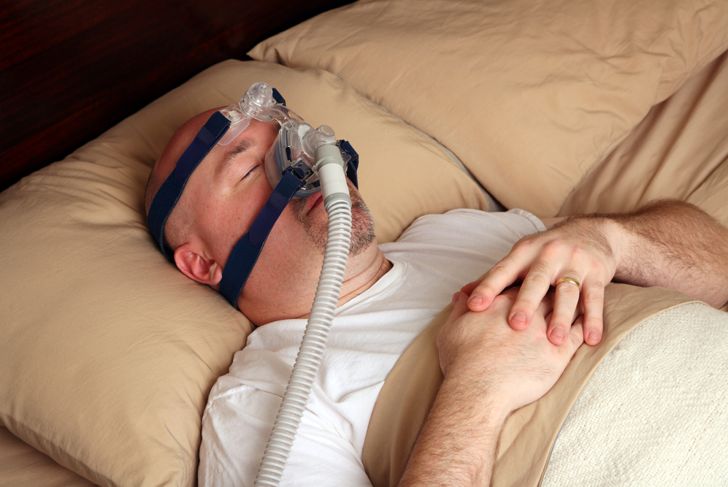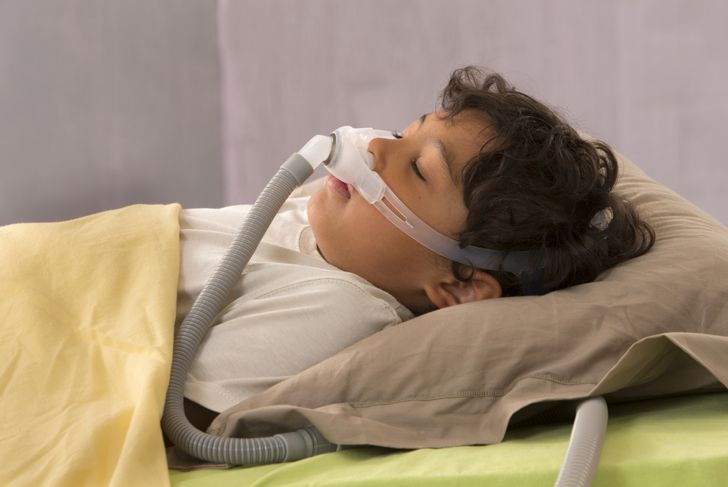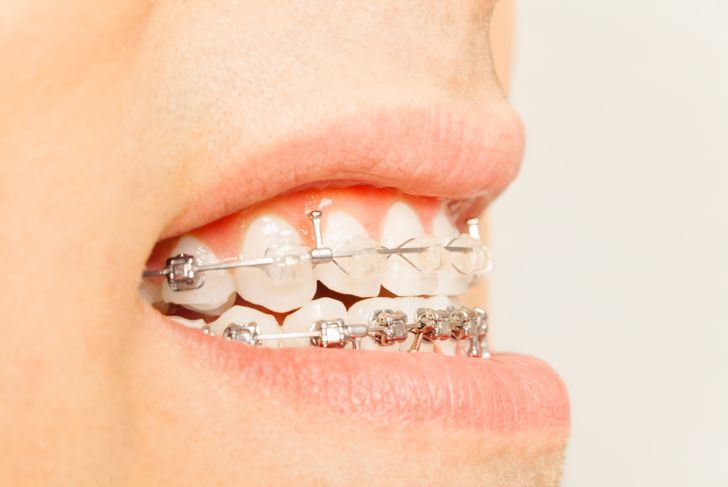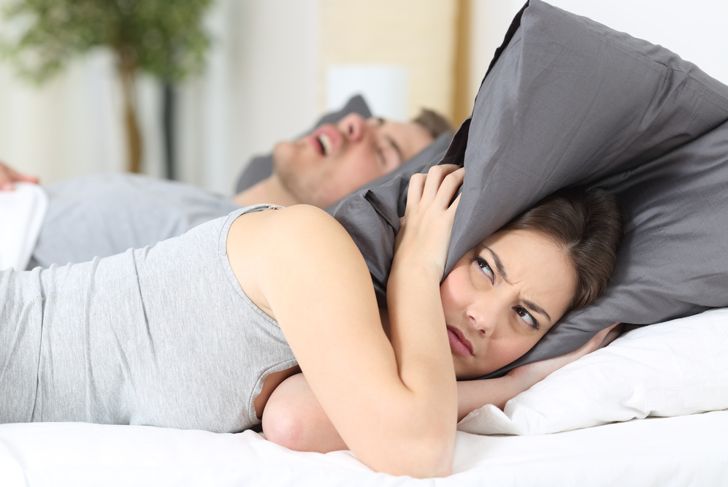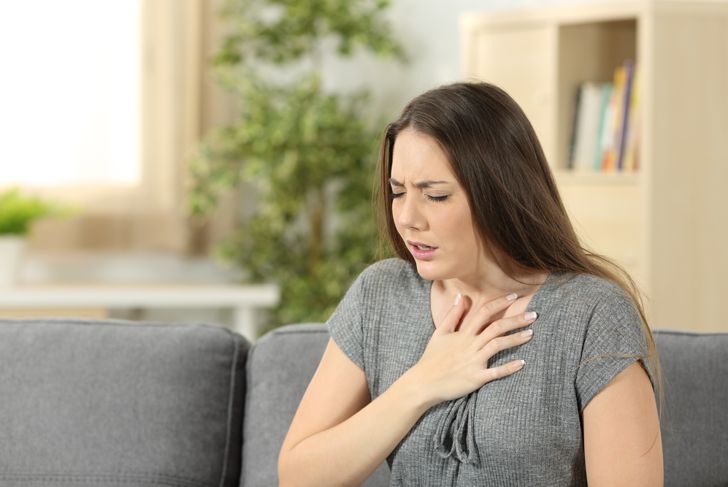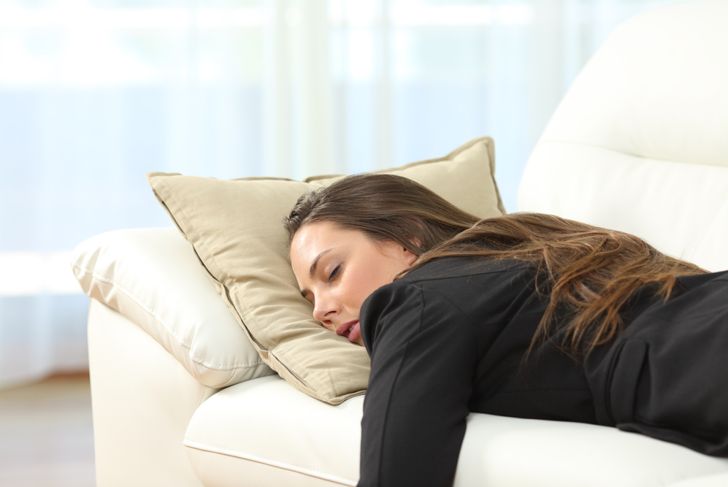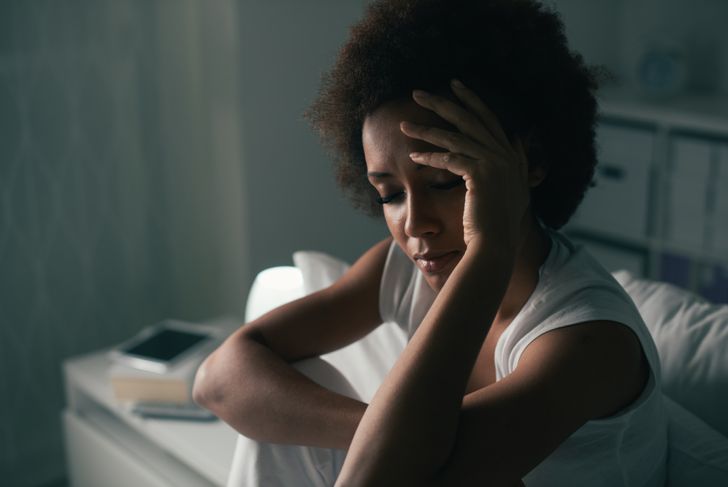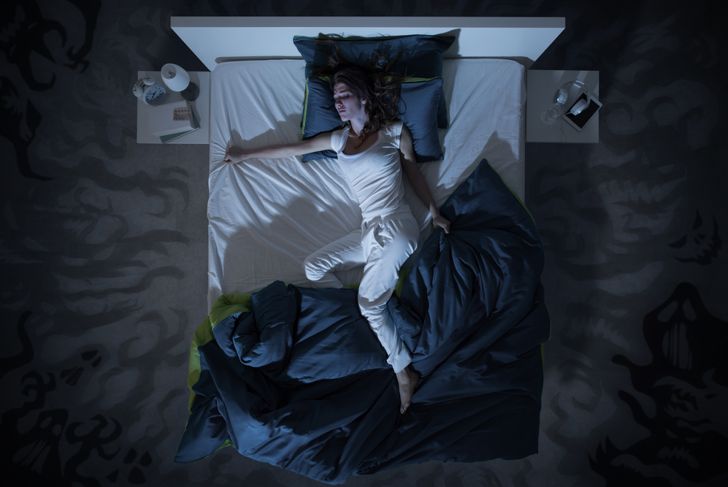Obstructive Sleep Apnea (OSA) is a common chronic breathing disorder characterized by repeated episodes of upper airway obstruction occurring during sleep. This disorder stays unrecognized in most cases as its accurate diagnosis requires an overnight sleep study in a medical facility. Obstructive Sleep apnea is characterized by pauses in breathing or shallow breathing. These pauses can last from a few seconds to even a few minutes. Depending on the severity, it happens once every few hours or up to 30 times an hour. Apnea secondarily leads to sleep disruption and sudden awakening of the affected person. Children suffering from enlarged tonsils or overweight people are particularly affected by this problem. Prolonged periods without proper sleep can hinder about every facet of your day to day life. The mainstay of treatment of OSA is the application of continuous positive airway pressure (CPAP) to maintain the airways open while the patient is asleep. Complications of untreated OSA may include high blood pressure, heart disease, headaches, motor vehicle accidents, depression, memory loss, and even death.
Excess Weight a Prevalent Risk Factor for OSA
Recent clinical studies have demonstrated that excess weight is the strongest risk factor associated with OSA in adults. Fat deposits in the tissues surrounding the upper airways are thought to cause intermittent obstruction while sleeping. A 10-percent weight gain may even increase the odds of developing moderate to severe OSA by six times.
Enlarged Tonsils or Adenoids in Children
These conditions are the most common cause of upper airway obstruction and the onset of OSA in children. Growth hormone is essential for health in all age groups, and children with OSA have been shown to suffer growth impairment in addition to cognitive deficits. Surgical removal of enlarged tonsils or adenoids showed global improvement in children’s OSA symptoms. Therefore, tonsillectomy or adenoidectomy remains the primary treatment for OSA in children. Less routinely, the same surgery can be used to dramatically reduce or resolve snoring issues in adults with enlarged tonsils or adenoids.
Excessive Overbite, a Well-known Risk Factor
This is a jaw malposition which leads to the upper teeth covering the lower teeth by more than 50%. As a consequence, the lower jaw can sit far back and cause narrowing of the upper airway with intermittent obstruction. In such case, a surgery named maxillomandibular advancement, where the upper and lower jaw is moved forward to increase the size of the airway can be a definitive treatment for OSA.
Loud Snoring
This symptom is common, especially if you are lying on your back. Most people choose to disregard it completely. What’s different in sleep apnea is that snoring gets a little bit louder. It comes along with some choking-like sounds, which will jolt you awake and lessen the overall quality of your sleep. If someone notices you’re snoring acknowledge their perception, you must take it seriously. On facing such a situation, you must visit a doctor.
Interruptions in Breathing or Apneas
There are various forms of sleep apnea, but “obstructive sleep apnea” is the most common form caused by relaxed throat muscles that close. There’s also a form called “complex sleep apnea syndrome,” which is caused by both obstruction and improper signaling from the brain to breathing muscles. If your loved one or housemate notice this occurring, you shouldn’t take it lightly.
Exhaustion During the Day
Our brain is in constant need of oxygen. So, if something obstructs your breathing, you may feel tired during the next day. Sleep apnea may be another cause for lack of energy during the day. Most people choose to disregard the symptom, just because it is so common nowadays. In most cases, patients don’t even remember waking up during the night. Some people will even resort to drinking significant amounts of coffee or other stimulants to treat this unexplained exhaustion. Instead, one should visit a health professional who will identify the root cause of the symptoms and recommend a rational treatment like the prescription of continuous positive airway pressure during sleep.
Insomnia
Because of these breathing problems, and frequent sleep interruptions, it may become impossible to fall asleep afterward. Sleep apnea can have such an effect on the human body. Once you wake up during the night, you won’t be able to regain the sleeping rhythm you’ve had. This leads to problems with concentration, emotional outbursts, and similar occurrences. If you feel like you can never sleep, your doctor might be a valid way to find out what’s going on.
Restless Sleep
Tossing and turning in the bed is quite common for many people. But, when it comes to sleep apnea, your body may be sending you a signal. It knows that you have trouble getting oxygen while you sleep. So, it tries hard to prevent you from falling into a somnolent state. Treatment for this is, first, a visit to the doctor. When it comes to your part, be sure to remove any electronic gadgets from your bedroom to avoid exposure to electromagnetic fields and create optimal sleeping conditions.
Depression and Mood Changes
Sleep apnea can impact significantly one’s cerebral and mental health besides several other physical illnesses as stated earlier. Indeed, a blockage in the airway results in limited oxygen delivery to the brain during sleep. Studies have found that men who had sleep apnea and increased daytime sleepiness were between four and five times more likely to have depression than men without these conditions. Sleep apnea makes sleeping a living hell. This is a well-known fact. One may be prone to erratic behavior, outbursts. The affected person might get into quarrels with friends and family members. Prolonged forms of sleep apnea can cause anxiety too. To treat these symptoms, you can reach out to your doctor. He may give you some relaxants or breathing exercises to practice while running tests to assess the proper diagnosis and implement the causative treatment.
Constant headaches
Morning headaches are a common occurrence when it comes to sleep apnea. Because they are so common, it’s hard to connect them to a particular condition, let alone sleep apnea. Many patients strive to buy more and more over the counter medications. This only solves the problem for a few hours. The only viable solution is finding the root cause of the headaches, and this could very well be explained by sleep apnea. So, a visit to the doctor is mandatory.
In conclusion: Sleep apnea is a serious condition. The identification of risk factors and the correct assessment of the symptoms mentioned is the only way to prevent the numerous complications. Although the application of continuous airway pressure is more effective at reducing the disruption of sleep, some patients with sleep apnea prefer using oral appliances as a least invasive method to enlarge the upper airway cavity. These oral appliances, like the mandibular advancement device, were originally proposed to prevent snoring. Most are now promoted to include obstructive apneas.

 Home
Home Health
Health Diet & Nutrition
Diet & Nutrition Living Well
Living Well More
More